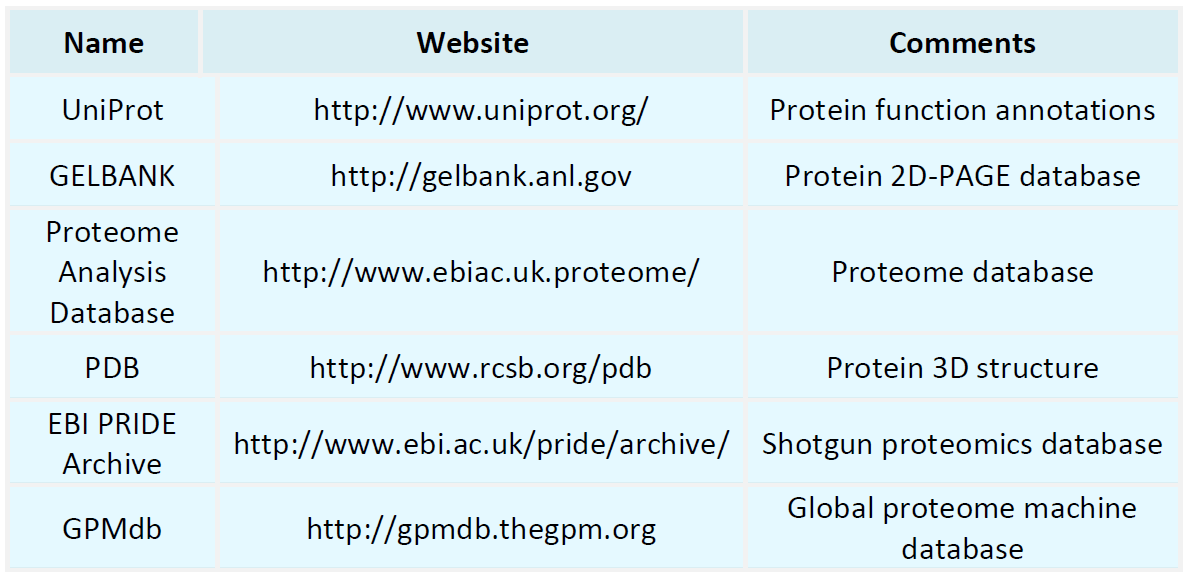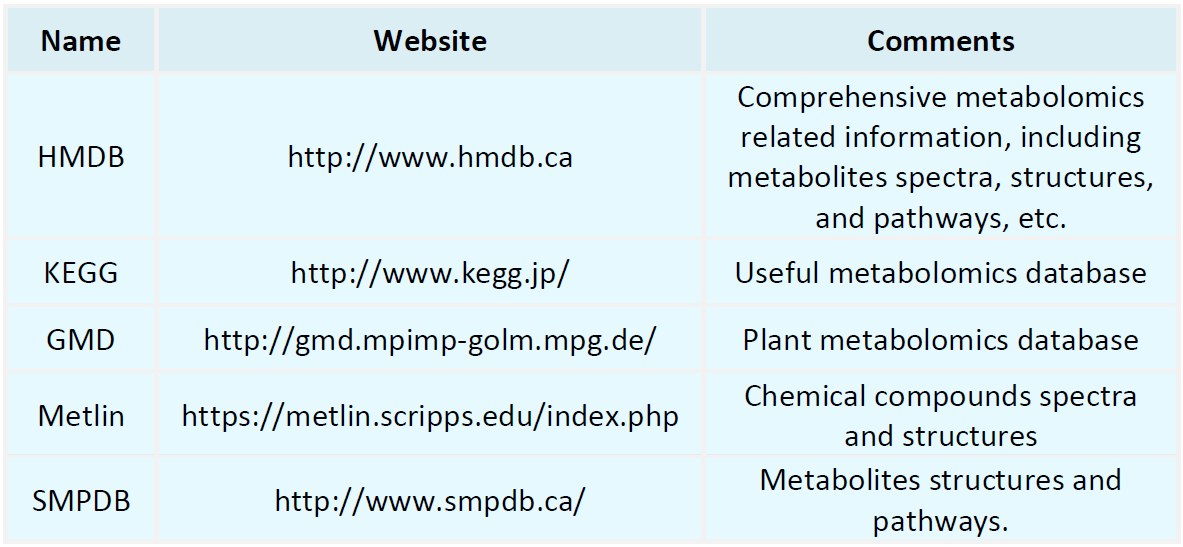Resources
Proteomics Databases

Metabolomics Databases

-
• N-Terminal Sequencing Analysis
N-terminal sequencing analysis is a pivotal technique in proteomics used to determine the N-terminal amino acid sequence of proteins or peptides. This sequence provides critical insights into the biochemical properties, biological functions, and evolutionary relationships of proteins, which are fundamental to life processes. In the biopharmaceutical industry, N-terminal sequencing analysis plays an integral role in drug development and quality assurance. It verifies the N-terminal sequence of recombin......
-
LC-MS/MS protein sequencing is a powerful analytical technique for identifying and characterizing proteins in complex samples. This method begins with liquid chromatography to separate protein mixtures into simpler components based on physical and chemical properties such as molecular weight and hydrophilicity. The separated proteins are then ionized and analyzed using tandem mass spectrometry, which measures the mass-to-charge ratios of fragmented peptides, providing detailed sequence information. ......
-
• De Novo Protein Sequencing Mass Spectrometry
De novo protein sequencing mass spectrometry is a cutting-edge technique for directly determining the primary structure of proteins. This approach is particularly valuable for samples lacking genomic data or for identifying unknown modifications, variations, or processing sites in known sequences. Unlike traditional sequencing methods that rely on genomic or transcriptomic databases for alignment, de novo protein sequencing mass spectrometry derives amino acid sequences directly from experimental data......
-
• Glycan Profiling of Monoclonal Antibodies
Glycan profiling of monoclonal antibodies is a specialized analytical method for studying the glycosylation patterns attached to monoclonal antibodies. These antibodies, a cornerstone of modern biopharmaceuticals, play critical roles in the treatment of cancer, autoimmune disorders, and infectious diseases. However, their functionality and stability are not solely determined by their amino acid sequences but are also significantly influenced by glycosylation modifications. Glycan modifications, the su......
-
• Circular Dichroism Secondary Structure Analysis
Circular dichroism secondary structure analysis is a spectroscopic technique used to study the secondary structure of proteins. By measuring the differential absorption of circularly polarized light, circular dichroism (CD) provides precise information about protein secondary structures in solution, including α-helices, β-sheets, β-turns, and random coils. Widely utilized in biochemical and molecular biology research, circular dichroism secondary structure analysis enables rapid assessment of protein ......
-
• Circular Dichroism Spectra Analysis
Circular dichroism spectra analysis is a spectroscopic technique used to study molecular structures. By measuring the differential absorption of circularly polarized light, this method provides detailed information about the secondary structure and conformational changes of proteins. Protein secondary structures, such as α-helices, β-sheets, and random coils, play critical roles in determining protein function. Using circular dichroism spectra analysis, researchers can quickly evaluate protein folding......
-
• CE-SDS for Antibody Purity Analysis
CE-SDS for antibody purity analysis refers to the application of capillary electrophoresis combined with sodium dodecyl sulfate (SDS) electrophoresis for evaluating the purity of antibodies. This technique is a cornerstone in the biopharmaceutical industry, offering a reliable approach to assess and ensure the purity and quality of antibody drugs. It integrates the high-resolution separation capability of capillary electrophoresis with the denaturation and depolymerization effects of SDS. By binding p......
-
Biosimilar analysis is a critical technique for thoroughly characterizing and comparing biosimilars to ensure their structural, functional, and clinical equivalence to reference biologics. Biologics, as complex macromolecules produced by living systems, undergo extensive post-translational modifications and possess intricate structural features, presenting substantial analytical challenges. Biosimilar analysis encompasses structural characterization, bioactivity assessment, purity and impurity profili......
-
HCP quantification is a critical analytical technique in biopharmaceutical manufacturing, used to identify and quantify host cell proteins (HCPs) that may persist as impurities during production. These proteins, originating from host cells such as bacteria, yeast, insect, or mammalian cells, are non-target proteins produced alongside the desired therapeutic protein. Residual HCPs can compromise the safety, efficacy, and stability of the final product, necessitating rigorous monitoring and quantificati......
-
Antigen identification is a pivotal biotechnology technique focused on determining the identity and properties of specific antigens to elucidate their roles in immune responses, disease mechanisms, and drug development. Antigens, including proteins, peptides, carbohydrates, or nucleic acids, trigger specific immune responses. This process is indispensable in immunology and proteomics, particularly in vaccine development, cancer immunotherapy, and autoimmune disease research. For instance, antigen id......
How to order?







